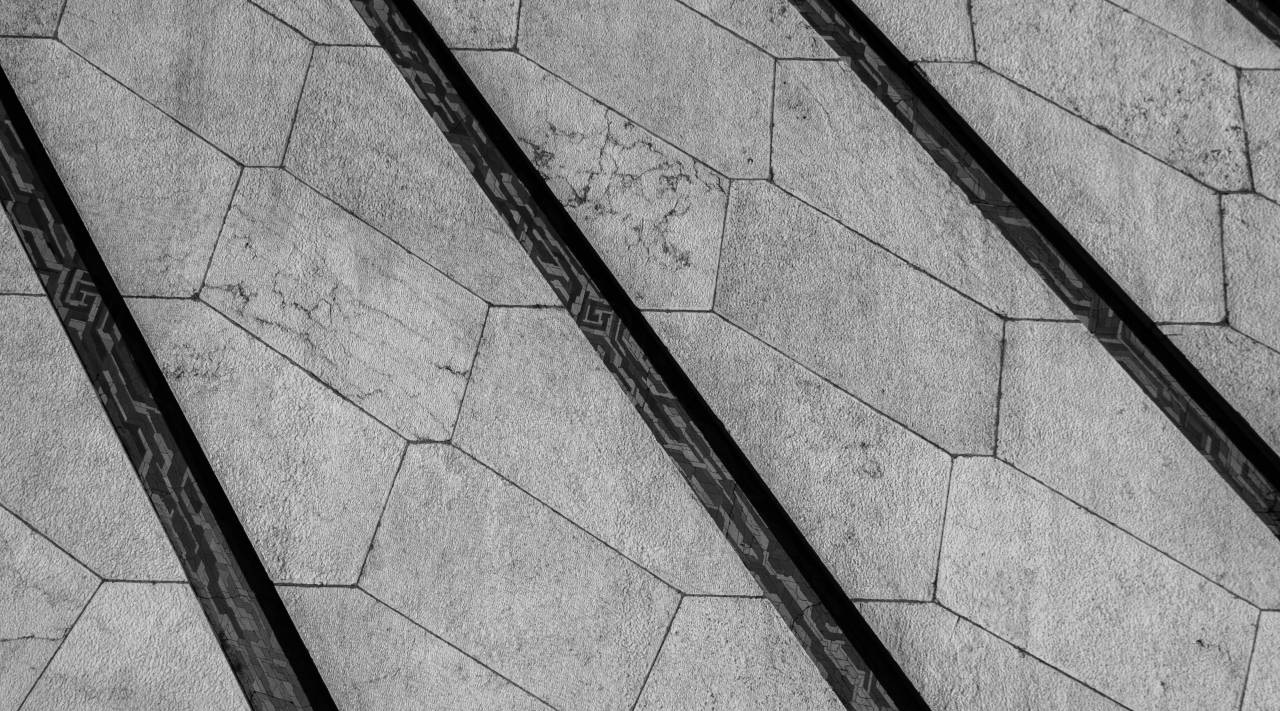
Japan
Capital city — Tokyo
Country population
i2018Incarceration rate (per 100,000 inhabit…
i07/2018/ ICPRType of government
Human Development Index
Homicide rate (per 100,000 inhabitants)
Name of authority in charge of the pris…
Total number of prisoners
Average length of imprisonment (in mont…
i2014/ Center for Prisoners’ Rights and Japanese Federation of Bar Associations (JFBA)Prison density
i31/12/2014/ ICPRTotal number of prison facilities
An NPM has been established
Female prisoners
i31/07/2018/ ICPRIncarcerated minors
i2014/ ICPRPercentage of untried prisoners
Death penalty is abolished
Overview
Prison population
Incarceration rate (per 100,000 inhabitants)
41
Total number of prisoners
51,805
Number of releases
-
Average length of imprisonment (in months)
36
Prison density
66.8 %
Overcrowding is an issue for specific types of prison facilities
yes
in women-only prisons
Organisation
Name of authority in charge of the prison service
Ministry of Justice
Budget of the prison service
231 707 000 000 (JPY)
291 958 000 (USD)
The prison service outsources the management of the facilities to private companies, either partially or fully
yes
There are four Private Financial Initiative (PFI) institutions (Mine, Shimane Asahi, Kitsuregawa and Harima), but management of these facilities is shared conducted by the private sector and the Ministry of Justice.
The PFI uses private capital and expertise in the construction, maintenance and operation of public institutions. The scope of the operation entrusted to the private sector can include treatment of inmates and the security of the prison. These organizations have a reported high turnover of employees, and there are rumors of precarious contracts.
Japanese prisons operate systems of punishment and reward, intended to encourage sentenced inmates towards reform and rehabilitation.
Sentenced inmates are assigned a restriction level or rank from Level 1 (least restricted, most benefits) to Level 4 (most restricted, least benefits) and the facilities and treatment of the prisoners varies accordingly. Good behavior, success at work, and length of time served may lead to an increase in rank. Privileges depend on rank and include number of visits the prisoner can receive.
Prison facilities
In Japan, the collective term ‘penal institutions’ denotes prisons, juvenile prisons and detention houses. Both prisons and juvenile prisons mainly accommodate sentenced inmates and conduct correctional treatment. Detention house are mainly for un-sentenced inmates awaiting trial.
In April 2011, the total number of prisons was comprised of:
- 62 adult prisons
- 8 branch prisons
- 52 juvenile facilities
- 8 detention houses
- 103 branch detention houses
Total number of prison facilities
188
Total official capacity of the prison facilities
90,536
Staff
Number of prison guards (FTE)
17,481
In 2011, there were 19,380 staff working in different services of the Japanese prison system.
Japanese prison staffs include prison officers who are in charge of the overall treatment of inmates, and educational courses and assessment specialists who are concerned with prisoner work and guidance needs. In addition, prisons are staffed with medical doctors, pharmacists, nurses and general clerical staff.
Prison officers are classified into seven ranks: correctional superintendent supervisors, correctional superintendents, vice-correctional superintendents, captains, assistant captains, senior prison officers and junior prison officers. Prison staff complain that more staff are required in order to face new types of prisoners such as drug addicts and the elderly, which both require specific, additional attention.
Guard to prisoner ratio
1:3,4
Number of socio-educational workers (FTE)
983